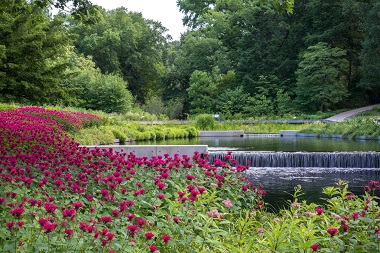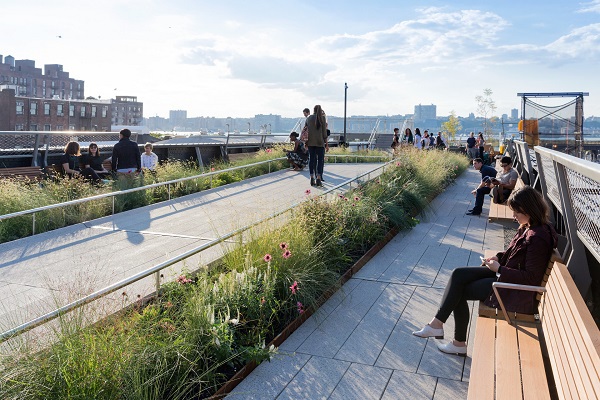Protect the Planet in Your Own Backyard: Go Native!
The New York State Department of Environmental Conservation sent this bulletin on 03/16/2016 11:47 AM EDT |
| DEC Delivers - Information to keep you connected and informed from the NYS Department of Environmental Conservation |
| Share or view as a web page || Update preferences or unsubscribe |
Protect the Planet in Your Own Backyard: Go Native! |
|
Are you interested in combating global warming and protecting pollinators? The single most important thing property owners can do to cut energy use and protect pollinators is to allow more diverse and natural vegetation to cover their land. One way to get started is to let part of your mowed lawn revert to a meadow that is cut back only once or twice a year. After that, you can encourage native trees, shrubs and flowers to grow by planting them or by removing alien and invasive species. Naturalized areas reduce energy use by reducing the need to mow, trim and prune. Butterflies, hummingbirds, native bees and other pollinators benefit because many have evolved a close association with native plant species as their preferred or exclusive food. Native plants and naturalized areas also need less watering, do not need fertilizing, and are more resistant to local pests, reducing the need for toxic pesticides. As an added benefit, all these attributes save you money!
Many of us mow more than we need to either from habit or because of neighborhood expectations. But as the new native garden at the New York Botanical Garden and the popularity of the naturalized plantings in Manhattan's High Line Park show, our sense of what is beautiful is changing. And what could be more beautiful than something that both looks beautiful and is beneficial for people, pollinators and the planet? Below is a list of five popular native plants that may interest you:
The Saratoga Tree Nursery is now open for the season. Purchase your seedlings today for planting this spring. |


